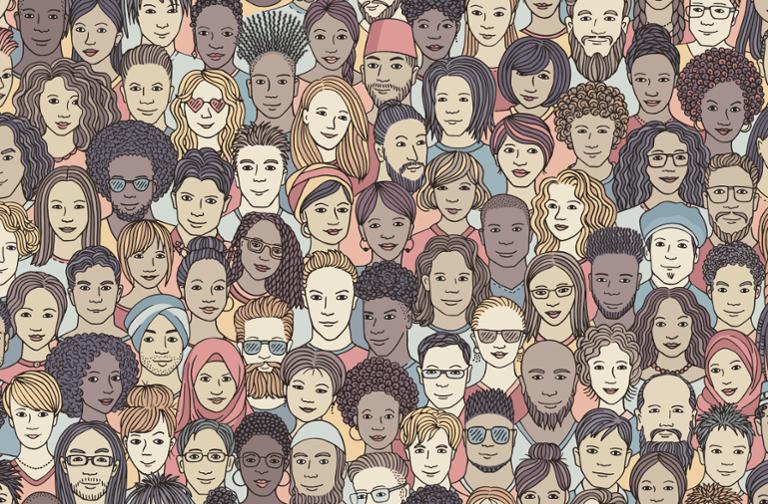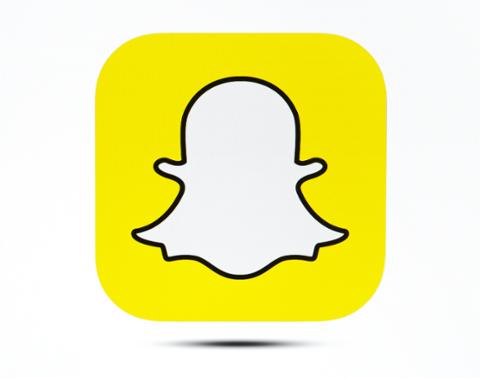For years, technology companies have devoted considerable time and resources to diversifying their workforces. And every year, some of the largest firms—including Facebook, Google, Microsoft, and Apple—have released diversity reports breaking down their progress. How have these firms’ efforts fared over the long term?
The short answer: Progress has been incredibly incremental. This should come as no surprise to anyone who follows the tech industry, as these companies usually accompany their diversity reports with much public self-flagellation about their slow rate of diversification. If you want to put a positive spin on it, though, you can see that these companies haven’t given up.
Let’s start with Facebook, which has seen its percentages of underrepresented groups increase only slightly over a six-year period. The social-networking giant has done a little better with its male-female ratio over this period, although it’s still very male-centric:
In addition to its continual pledges to diversify its employees, Facebook recently pledged to spend $1 billion with diverse suppliers in 2021, including Black-owned businesses.
Google has also been pushing its own external diversity efforts, including a recent $12 million grant to “organizations working to address racial inequalities,” according to a recent blog posting. Over the years, it has initiated several internal measures designed to boost employee diversity, including (but certainly not limited to) interactive learning labs meant to expand employees’ “racial awareness.” Pay equity is a strong focus, as is a more diverse approach to recruiting. But how has that translated into Google’s diversity statistics over the long term?
Apple CEO Tim Cook has been big on diversity, and Apple as a company has been aggressively focused on closing the pay gaps between groups. “This past year, we looked at the total compensation for U.S. employees and closed the gaps we found,” noted a 2017 report. “We’re now analyzing the salaries, bonuses, and annual stock grants of all our employees worldwide.” Externally, Apple announced earlier this year that it’s devoting $100 million to a Racial Equity and Justice Initiative.
In terms of employee breakdowns, however, many of the percentages haven’t shifted very much between 2014 and 2018, the last year for which Apple offers figures:
Microsoft’s longtime commitment to diversity includes CEO Satya Nadella telling an audience as far back as 2014 that the company would end up looking a lot less white and male as time went on. As with the other companies on this list, though, Microsoft didn’t make an overwhelming amount of progress between 2016 and 2019.
Meanwhile, Snap announced in its inaugural diversity report that its efforts simply haven’t been “good enough,” although it claims to have taken steps such as diversifying its management and launching employee workshops to stop unconscious bias.
“In our view, one of the most effective ways to achieve transformational change is to build more equitable systems, and better equip people within those systems to identify and root out inequity,” Snap’s report read. “We need systems and data that drive inclusion within our workforce and our products. And we need to inspire empathy among people—from all backgrounds—to better understand the lived experience of underrepresented groups.”
To be fair, it takes a lot of effort and time to make any sort of substantial change at a massive company. All of the above firms have acknowledged the slow pace of progress, and it may take a decade or more for the percentages of certain underrepresented groups to climb significantly higher (at least at the current trajectories).
And it’s not just the largest tech companies focused on diversity. According to the Dice Sentiment Survey, a majority of technologists said their companies had made internal and/or external gestures of support toward diversity movements. At the same time, though, a sizable number (roughly 40 percent) of companies had not.



